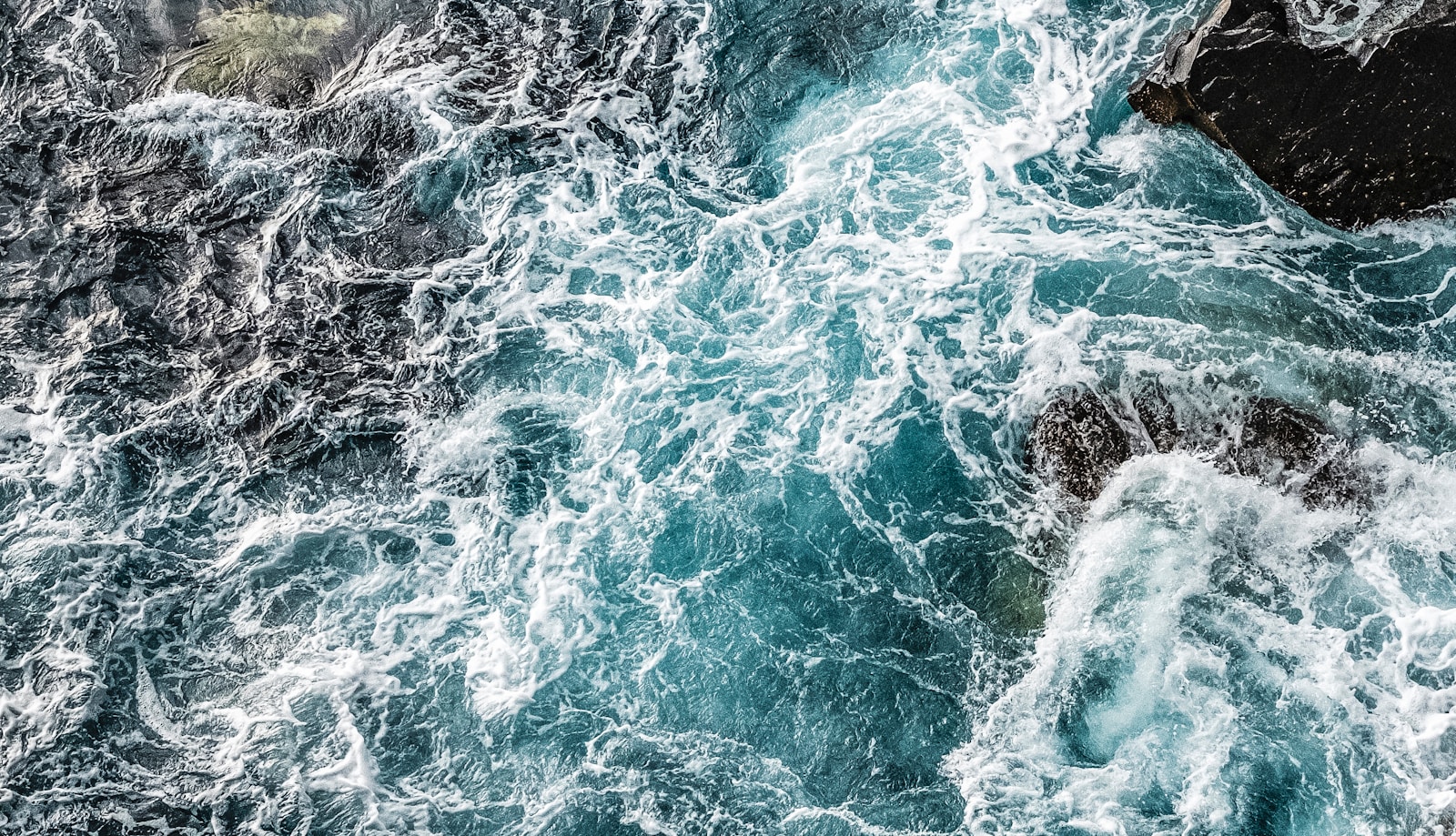Imagine Earth’s atmosphere as a giant, swirling dance party. Air currents, like enthusiastic partygoers, sashay and twirl, creating patterns that influence weather across the globe. One of the lead dancers in this atmospheric ballet is the jet stream, a fast-moving, high-altitude river of air that shapes everything from mild breezes to howling blizzards. But what happens when this atmospheric mover and shaker starts to lose its rhythm? Enter the chilling question: Could the jet stream collapse, and if so, what would it mean for us earthlings?
Table of Contents
ToggleThe Jet Stream’s Grand Design:
Think of the jet stream as a fast-flowing highway in the sky, high above where airplanes cruise. It’s powered by the temperature difference between the warm tropics and the chilly poles. Warm air rises, cool air sinks, and voila, the jet stream whips around the planet, steering weather systems and influencing everything from rainfall patterns to storm tracks. It’s like a celestial conductor, orchestrating the atmospheric symphony.
But the Symphony’s Not Always in Tune:
Now, here’s where things get interesting. Scientists have noticed some worrying wobbles in the jet stream’s dance lately. The culprit? Climate change, of course, the ever-present villain in our environmental story. As the planet warms, the temperature difference between the tropics and the poles weakens, potentially causing the jet stream to meander, slow down, or even stall altogether. Imagine the conductor suddenly dropping the baton – the atmospheric symphony would descend into chaos!
The Potential Consequences: A World Turned Upside Down (Literally!)
So, what could happen if the jet stream takes a permanent break? Buckle up, weather geeks, because the potential consequences are pretty dramatic. Here are some of the potential scenarios:
- Extreme weather on hyperdrive: Imagine scorching summers in Europe, followed by brutal winters. That’s the kind of weather whiplash we could experience with a weakened jet stream, as it allows hot and cold air masses to wander more freely.
- Floods and droughts galore: A wobbly jet stream can stall weather systems, leading to some regions experiencing relentless rain and flooding, while others face prolonged droughts. Think California’s megadroughts on steroids!
- Polar vortex on the loose: The frigid polar vortex, usually confined to the Arctic, could escape its icy prison due to a weakened jet stream, bringing bone-chilling cold spells to lower latitudes. Remember the Texas freeze of 2021? That could become the new normal.
But Wait, There’s Hope!: Can We Save the Jet Stream?
Okay, so the potential consequences sound pretty dire. But before you start stocking up on canned goods and building a storm shelter, let’s remember this: the future isn’t written in stone (or clouds, in this case). While we can’t completely control the jet stream, we can certainly influence its behavior by tackling climate change head-on. Reducing greenhouse gas emissions, investing in renewable energy, and protecting forests – these are the tools in our arsenal to keep the jet stream flowing smoothly.
The Bottom Line: We’re All in This Together:
The jet stream’s potential collapse is a stark reminder of the interconnectedness of our planet. What happens high in the atmosphere impacts us all, down here on the ground. So, let’s not treat the jet stream’s jitters as a distant blip on the weather radar. Let’s see it as a wake-up call, a reminder that our actions have consequences, and that working together to protect our planet is the only way to ensure a future where the jet stream continues its graceful dance, keeping our weather patterns (and our sanity) in check.
FAQs:
- Is the jet stream collapse guaranteed to happen? The science is still evolving, but it’s definitely a possibility we need to take seriously.
- What are some of the research initiatives studying the jet stream? Several research groups around the world are studying the jet stream and its potential changes, including NASA and the National Center for Atmospheric Research.
- What can I do as an individual to help? Reducing your carbon footprint, supporting climate-friendly policies, and advocating for sustainable practices are all ways to contribute to the solution.
- Are there any resources where I can learn more about the jet stream? Numerous websites and educational materials are available, including those from the National Oceanic and Atmospheric Administration (NOAA) and the World Meteorological Organization (WMO).
- What’s the most important thing to remember? We have the power to influence the future of our planet and its atmosphere. By taking action today, we can ensure a more stable climate for ourselves and future generations.







